[…]
Caterpillar-painted SD70ACe unveiled at Las Vegas mine show NEWSWIRE
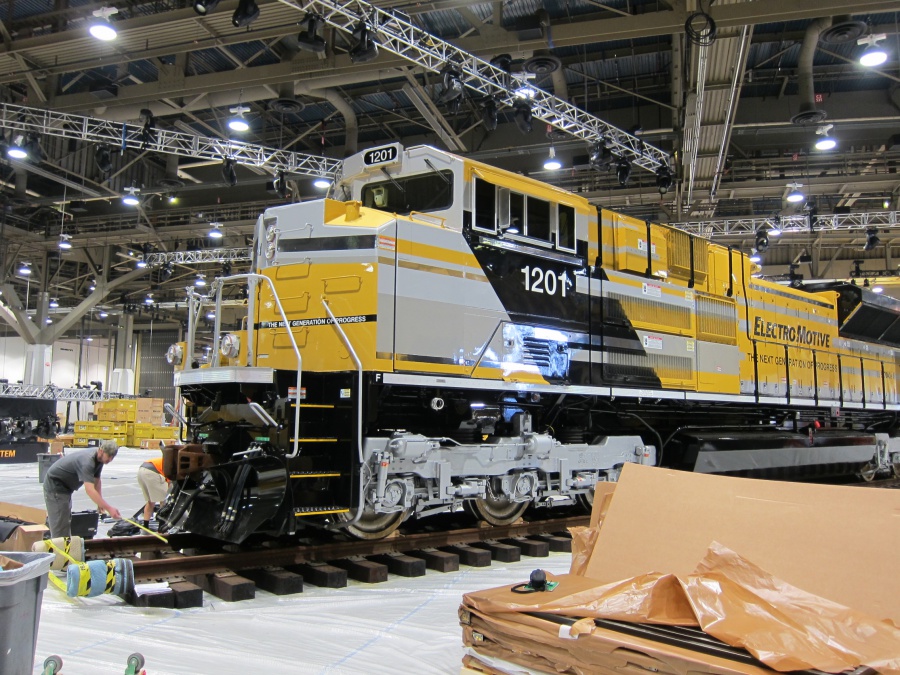
EMDX on the floor at MINExpo 2012 during setup of the Caterpillar booth. Dan Morrison Dan Morrison LAS VEGAS – A specially painted EMD SD70ACe was unveiled this week at MINExpo International 2012 in Las Vegas. The locomotive is painted yellow for Electro-Motive Diesel’s parent company Caterpillar. The 850,000 square foot event features 1,800 exhibitors […]
Caltrain passengers forced to leap out of the way of commuter train NEWSWIRE
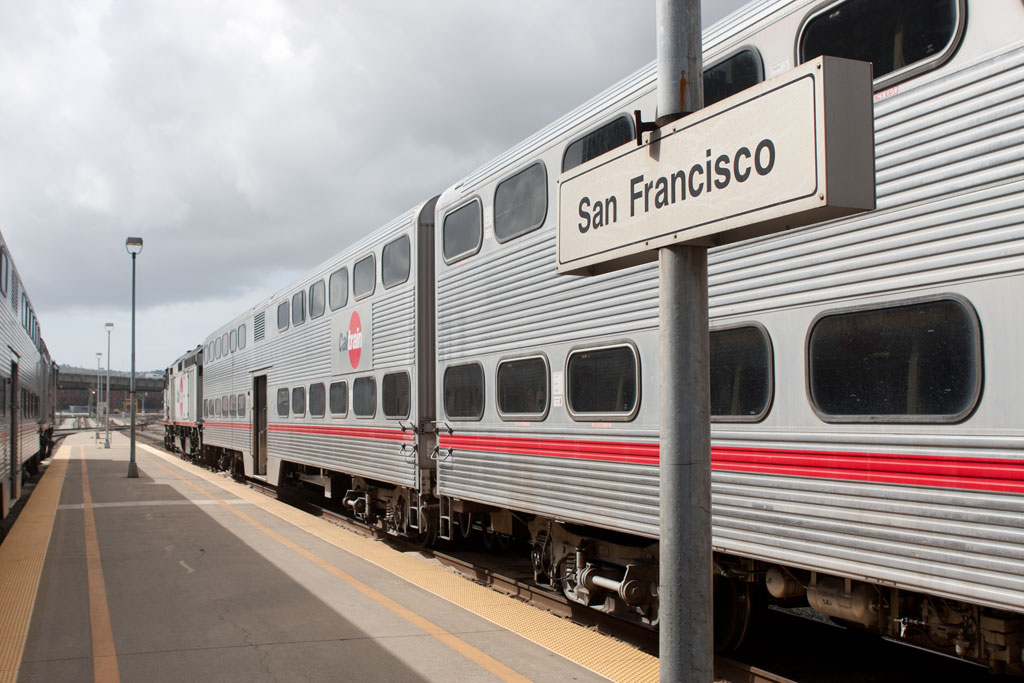
The platform at Caltrain’s San Francisco station was empty on Oct. 14, 2009, but on Aug. 24, 2012, passengers getting off a northbound train at the South San Francisco station (a short distance away) had to clear the tracks quickly to avoid being struck by an express train rushing through the station without warning. Scott […]
How to create memorable railroad photos
In the Center for Railroad Photography & Art’s annual Creative Photography Awards Program, first-time entrant Todd Halamka placed second in the color category in 2012. Todd is relatively new to photography, but he combines a lifelong love of trains with a long career in architecture, drawing on his design experience to create memorable and unique […]
Last Kansas City Southern steam locomotive moved NEWSWIRE
CARONA, Kan. – Kansas City Southern 0-6-0 No. 1023, the last remaining KCS steam locomotive, was moved from Schlanger Park in Pittsburg, Kan., to Carona on Sept. 8. The locomotive was transported on a 20-foot-wide trailer and tractor manned by crews from Tilton and Sons House Moving, the Pittsburg Morning Sun reports. The tender from […]
Sunset over Sidney
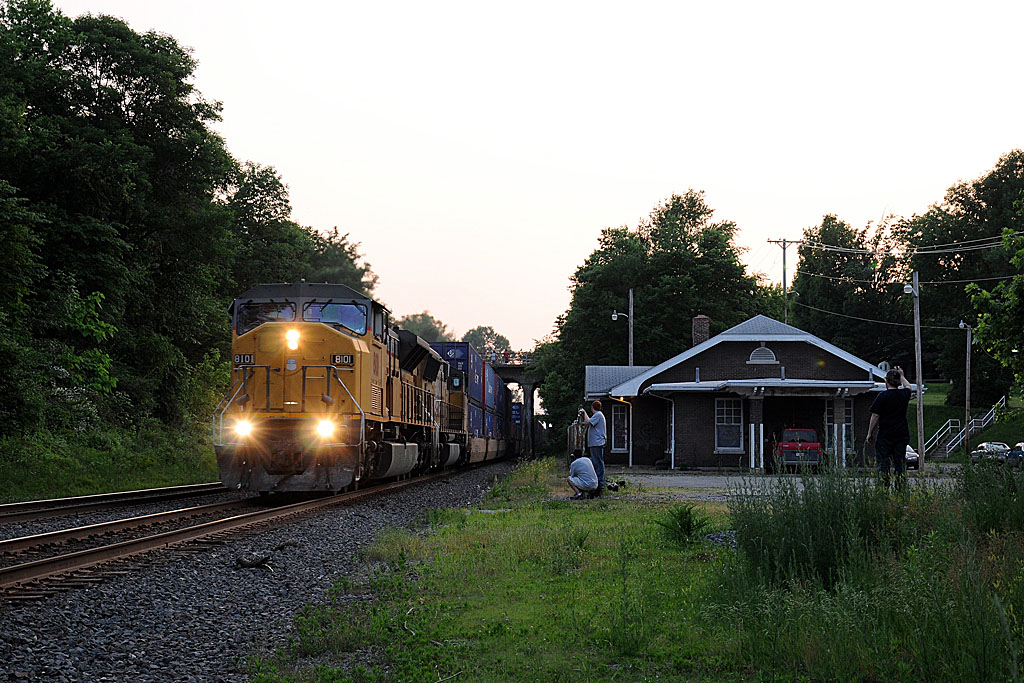
Local railfans wave at a passing westbound as the sun sinks over Sidney, Ohio, on June 7, 2011. This former New York Central line served as the Conrail – and now CSX – route to the St. Louis gateway. Photo by Brian M. Schmidt […]
Violet hour
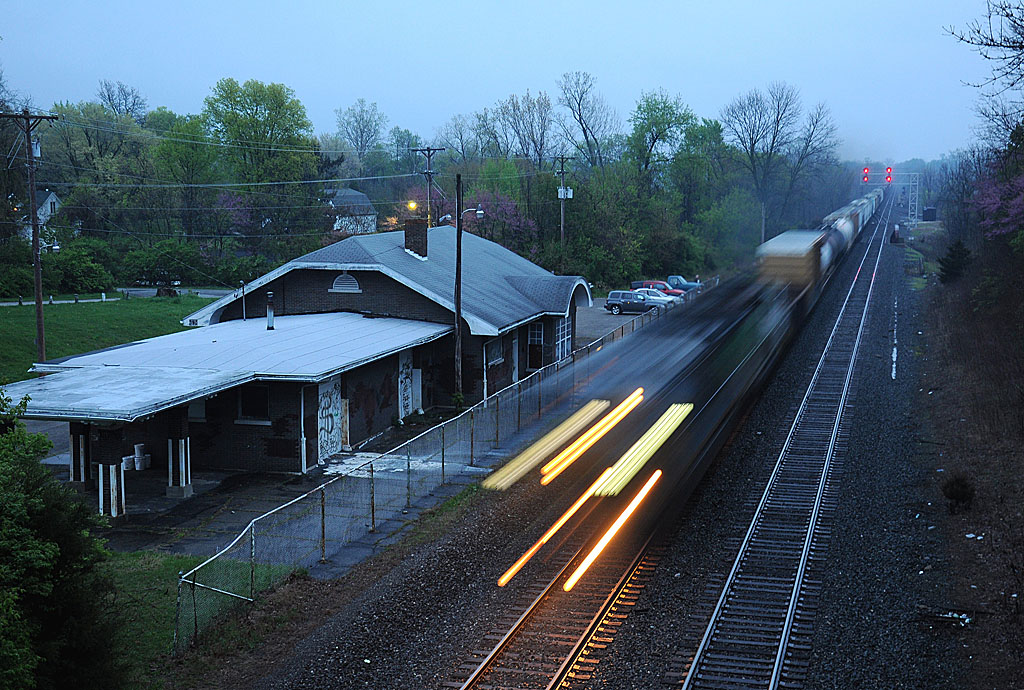
The light fades on the Sidney, Ohio, depot on April 13, 2012, as westbound train Q377 rolls by. Like many other organizations charged with historic preservation, the Sidney Big Four Passenger Station Preservation Association is just keeping everything standing … for now. Photo by Brian M. Schmidt […]
Great Smoky Mountains Railroad experiences derailment NEWSWIRE
BRYSON CITY, N.C. – An excursion train on the Great Smoky Mountains Railroad derailed on Wednesday morning, reports WLOS-TV. The train derailed four of five cars approximately five miles west of Bryson City. There were 190 people on board and no injuries reported. A second train was sent out to pick up the passengers. American […]
Former Georgetown Loop 2-6-2 No. 12 debuts in Iowa NEWSWIRE
MT. PLEASANT, Iowa – Former Georgetown Loop Railroad 2-6-2 No. 12 made its debut at the Midwest Central Railroad over Labor Day Weekend during the annual Old Threshers Reunion in Mt. Pleasant. The 1929 Baldwin was built for use on Hawaii’s Kahului Railroad. The locomotive was last operated at Colorado’s Georgetown Loop Railroad, making its […]
Just passing through
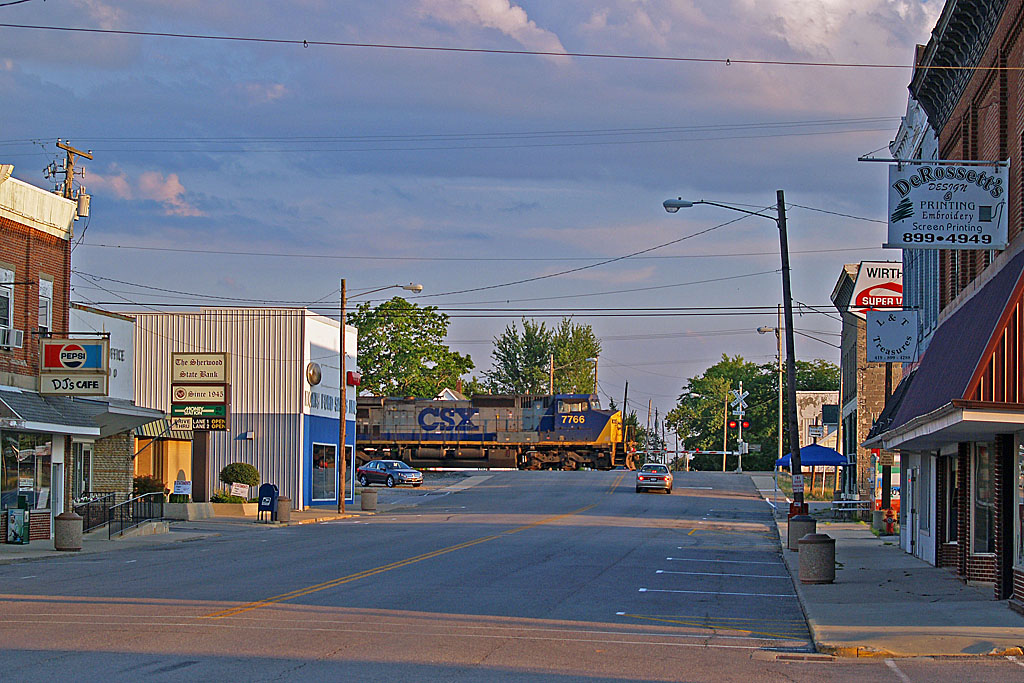
CSX train Q137 rolls through Sherwood, Ohio, without much local fanfare on July 30, 2011. This westbound intermodal train is operating over the former Baltimore & Ohio main line on its way to Chicago on this fading summer evening. Photo by Brent Kneebush […]
Illinois Railway Museum to use Nebraska Zephyr for excursions NEWSWIRE
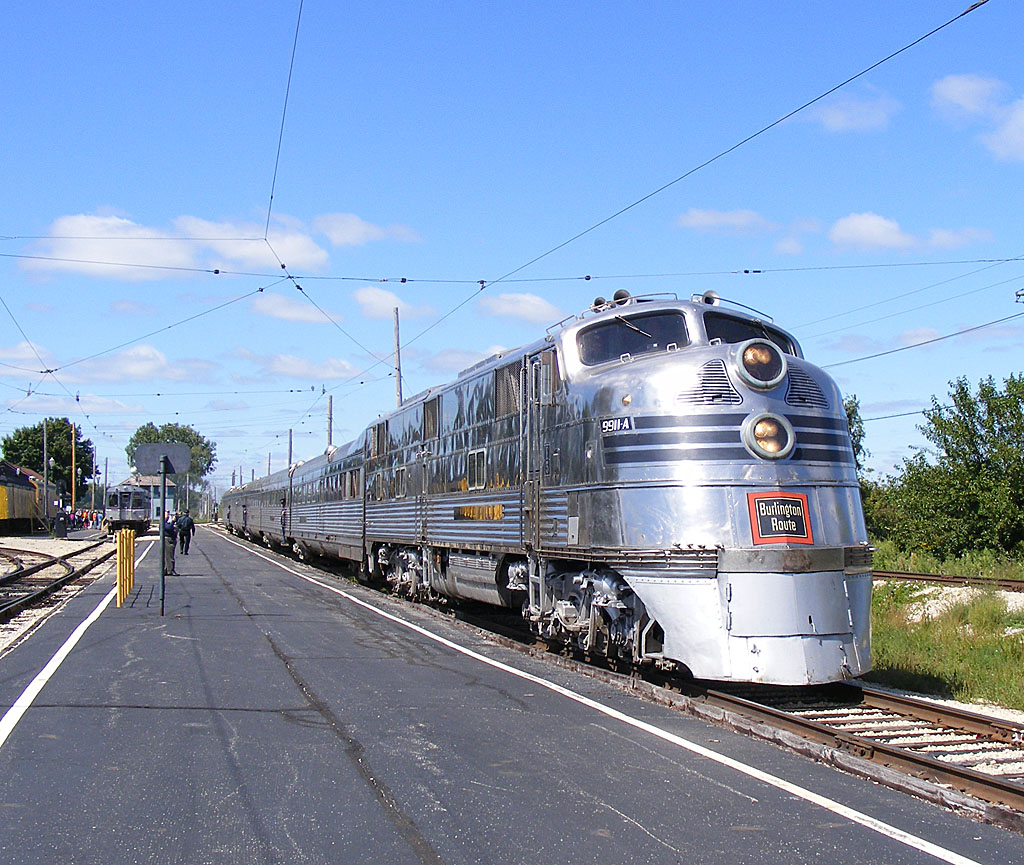
The Nebraska Zephyr is seen at IRM in Union, Ill., in September 2011. Tony Kordes UNION, Ill. – The Illinois Railway Museum, in association with Amtrak and BNSF Railway, is hosting a pair of excursions from Chicago Union Station to Quincy, Ill., on September 22-23 using the museum’s Nebraska Zephyr equipment. Tickets will go on sale […]
Union Pacific unveils experimental test locomotive NEWSWIRE
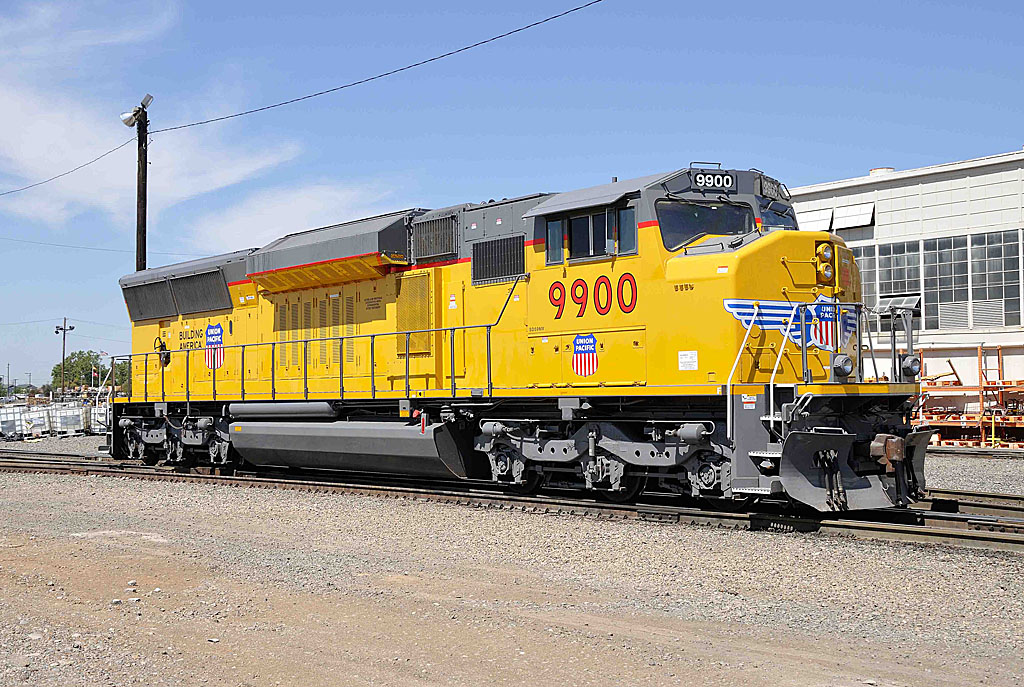
David Lustig ROSEVILLE, Calif. – Union Pacific Railroad unveiled an advanced experimental locomotive at Davis Yard in Roseville on August 22. Locomotive No. 9900 will test three emissions-reducing technologies: exhaust gas recirculation, diesel oxidation catalysts, and diesel particulate filters. The locomotive is designated model SD59MX. The test will help railroads and locomotive manufacturers develop technologies to […]
